Shannon-Weaver Model of Communication: Advantages & Disadvantages
The Shannon-Weaver Model analyzes communication as a linear process involving sender, message, channel, noise, receiver, and feedback.
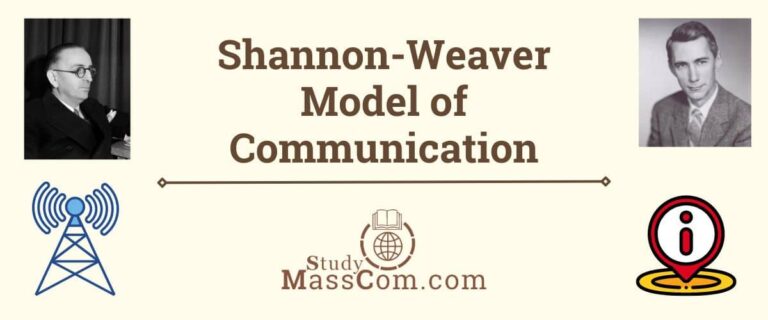
The Shannon-Weaver Model analyzes communication as a linear process involving sender, message, channel, noise, receiver, and feedback.
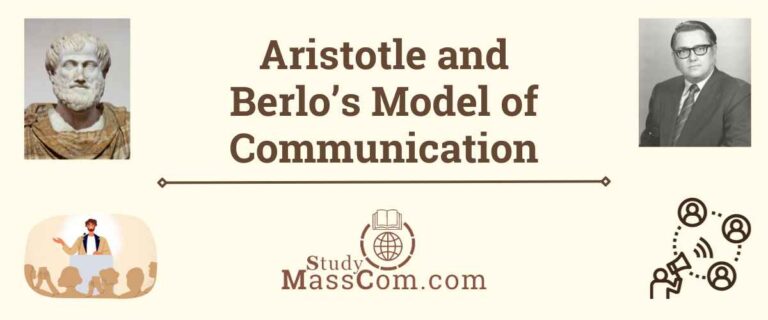
Explore the similarities and differences between Aristotle’s and Berlo’s mid-20th-century models of communication.
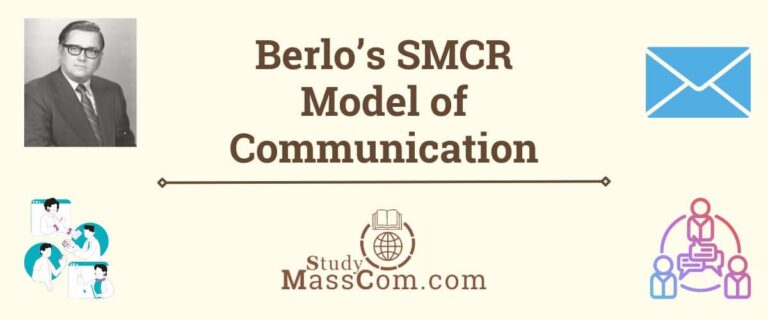
Explore the strengths and weaknesses of Berlo’s SMCR model. Understand its simplicity, while considering its overlook of complexities in communication.
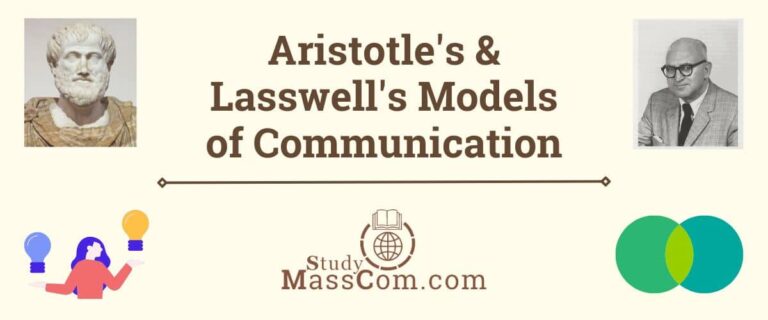
Explore the parallel and contrasting insights of Aristotle’s persuasive rhetoric and Lasswell’s structured framework.
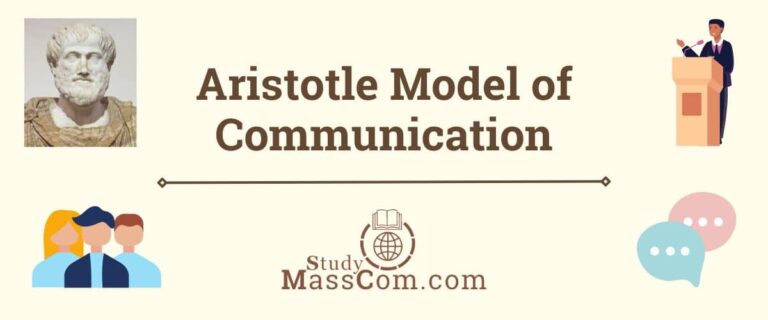
Explore the pros and cons of Aristotle Model of Communication and discover its enduring insights into persuasion, but also its limitations.
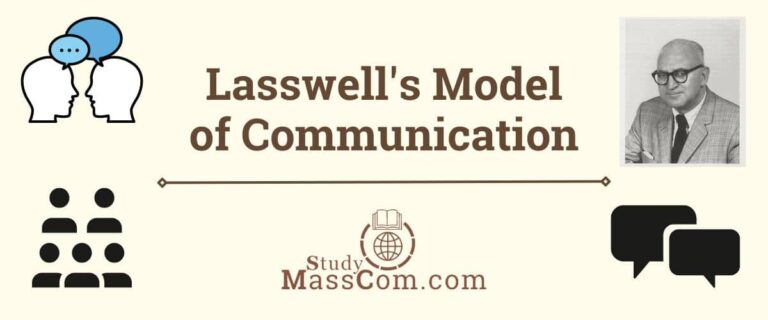
Explore the pros and cons of Lasswell’s Model of Communication. Discover not only its simplicity but also its limitations.
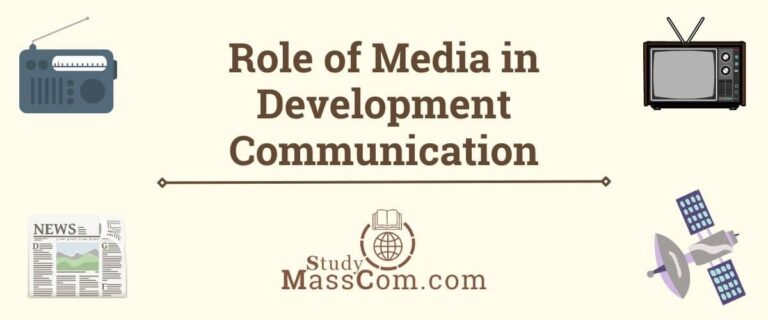
Explore how mass media, from traditional platforms to digital channels, plays a pivotal role in development communication.
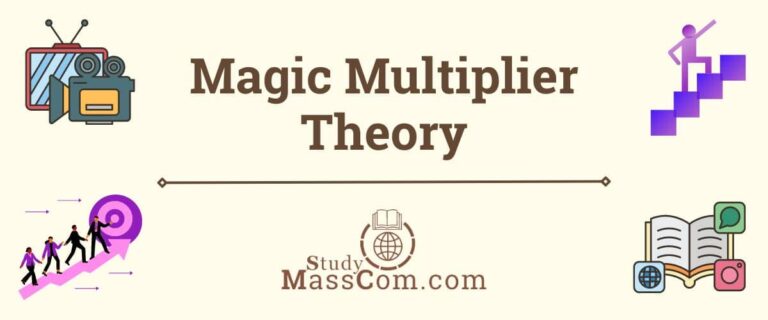
In development communication, mass media is considered a magic multiplier as it can multiply the information in no time.
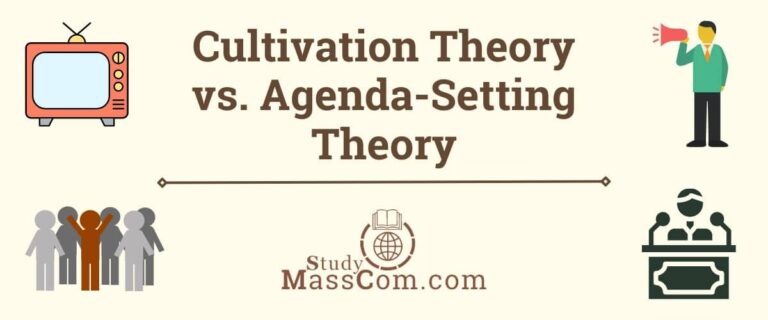
Discover the differences between Cultivation Theory and Agenda-Setting Theory, exploring how media influences perceptions.
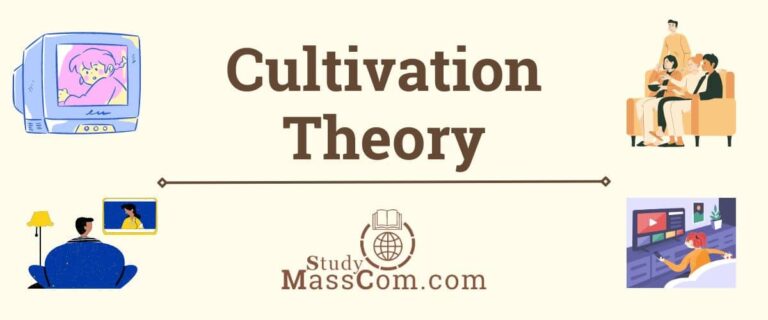
Understand the contributions of cultivation theory and its limitations in shaping perceptions and attitudes.